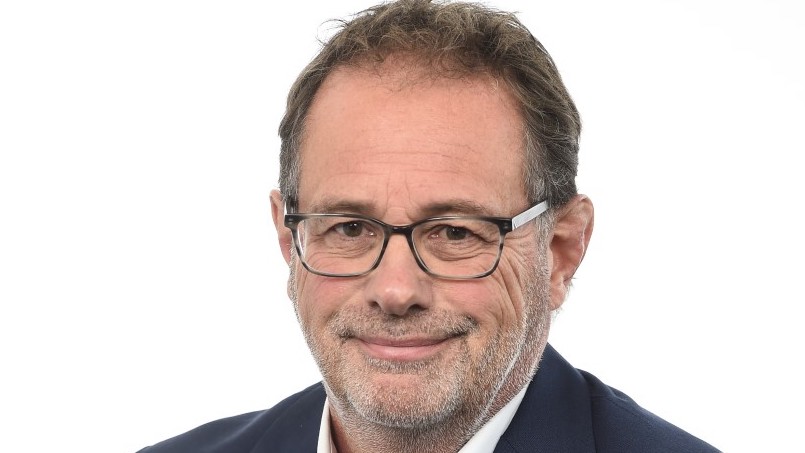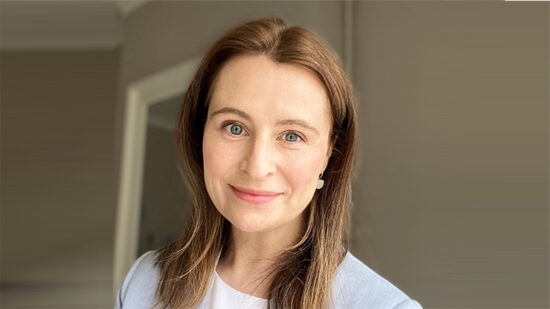The Premier Diversified Growth Fund is, at heart, a greatest hits collection for the Premier Miton team. Pretty much everyone in the group has a writer’s credit, with the fund split into fixed income, equities, property and alternatives. There are also a few external star-turns, designed to add something a little unusual into the mix.
Premier chief investment officer Neil Birrell is the curator. He co-ordinates the various elements, adding a sprinkling of hedging here and there as necessary, to keep the fund in line with its objectives. This has proved a useful tool in mitigating the impact of today’s choppy markets on the fund’s investors. Birrell is clear these are tough times.
Monetary easing is all well and good, he says, but it is important to help small businesses with their cashflow.
“It’s tough to see when there will be good news. Sadly, it hit at a point when things were getting a lot better. PMIs had been ticking up and there was even a bit of inflation coming through. Unemployment data was good and the world economy looked in a better place, but then coronavirus hit.”
‘Having hedges in place has taken away a lot of the pain’
The fund hasn’t taken the full force of the market storm.
Ahead of the recent crisis, Birrell had some hedging in place against the equity portfolio, albeit more on valuation grounds than any sense of a looming crisis. He had placed puts on the S&P 500 in January, including one that ‘resettles’ as the markets move higher. He has also had some trades on the Vix index, which has worked well for the portfolio.
“We had around two-thirds of the equity portfolio hedged with other options. It was an insurance policy we put in place a little while ago. It would be considerably more expensive to do it now.”
According to Birrell, many of the Premier Miton equity managers are finding opportunities in the current landscape. All the underlying managers have a focus on balance sheet strength and that comes through in the resilience of the equity portfolios in this type of environment.
“That said, the direction of markets is an influence on all share prices, so having hedges in place has taken away a lot of the pain,” he explains. He is clear that investors need to “stay in the game”, even if it is painful in the short term.
“There will be major opportunities, but we need to protect the downside in the meantime. We will see significant volatility; 2-4% moves will not be unusual. There are some significant discounts and a lot is already in the price of shares.”
Birrell says this is when active managers can really earn their spurs, and he has a broad range of tools with which to manage this type of environment.
Alongside the hedging portfolio, alternative assets have been useful.
These are designed to be uncorrelated to conventional equity and bond markets and have a permanent place in the portfolio. These might include hedge funds, private equity or specialist lending, and today make up a lot of the fund’s top-10 holdings.
He gives the example of BH Macro, the fund’s fifth-largest holding, which did not contribute to performance at all last year but has performed well in the recent choppy markets.
‘There is no point allocating to equity income managers if they can’t find anything to buy’
The core building blocks remain the Premier Miton funds. The asset allocation is both bottom-up and top-down.
Birrell will take some of his asset allocation cues from the underlying Premier specialists, alongside a look at the broader market conditions.
“Our decision-making process is collegiate,” he says. “We have a team of eight investors in the underlying management team. Normally we meet monthly, but at the moment we are meeting every day.
“What we’re not doing is taking a view on the likely trajectory of different economies. We are not forecasting GDP or interest rates but instead we care about what markets are discounting. We are looking at the demand for capital and risk appetite of the underlying managers. There is no point allocating to equity income managers if they can’t find anything to buy.”
Having determined the overall allocation and handed the relevant portfolio managers their pot of cash, Birrell is then hands off about how it is managed.
The team believes in handing responsibility to the underlying managers for asset selection, while maintaining a watching brief to ensure there is not too much overlap, or there aren’t signifi cant underlying risks.
“We don’t want bets running up on us. If the property, global and UK team are all doing the same thing, we have to be careful. We don’t want factor bets.”
This might include an excessive skew to the direction of the oil price or interest rates, which can creep into portfolios. In this case, he would take steps to adjust the portfolio to bring it back within the overall risk targets.
Birrell owns up to bond bull market blunder
Birrell admits he has been wrong on fixed income for a long time. He describes the bull market in bonds as “the missed trade” of his career.
His view has been that the reward available for the level of risk has long been fundamentally unattractive for much of the fixed-income market. He has kept weightings low as a result, even as the bull market has gathered pace.
“It is the world’s largest asset class and I accept that we need to be invested there. In our cautious and balanced portfolios, we have US treasuries and we have made good money in them. We had bought them as a hedge against volatile markets, which has worked well. That said, the entire US treasury market yield is now below 1%. It suggests the bond market sees something worse than a recession coming,” he says.
Birrell sees little appeal in corporate bonds, except at the short-duration, high-quality end. For much of the market, he believes the risks may be greater than they seem. He points out that tight spreads leave little room for any tick up in inflationary pressures, plausible as governments around the world launch fiscal stimulus plans, and capital losses could be significant if the environment changed.
The fund tends to take more of its fixed-income exposure through alternatives, such as specialist lending or mortgage-backed securities. In this, having specialist teams has proved very important.
Outperformance of Premier Diversified Growth remains under the radar
An OCF of 0.59% sets it apart from its peers. It has also delivered consistently strong performance, currently sitting top quartiles over one, three and five years.
It also did its job in the recent sell-off.
During the past six months, the average manager in the IA Mixed Investment 40-85% Shares has seen a 10.3% dip, while Birrell’s fund is down just 2.9%.
The fund is a relative minnow at just £175m. It is difficult to see why it isn’t larger given recent performance and Birrell’s success in managing through different market conditions.
That said, existing investors may be hoping it remains undiscovered and Birrell can keep delivering the goods







